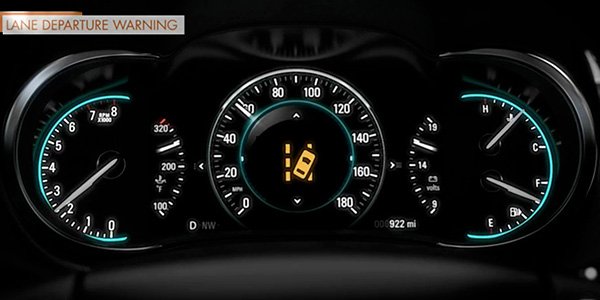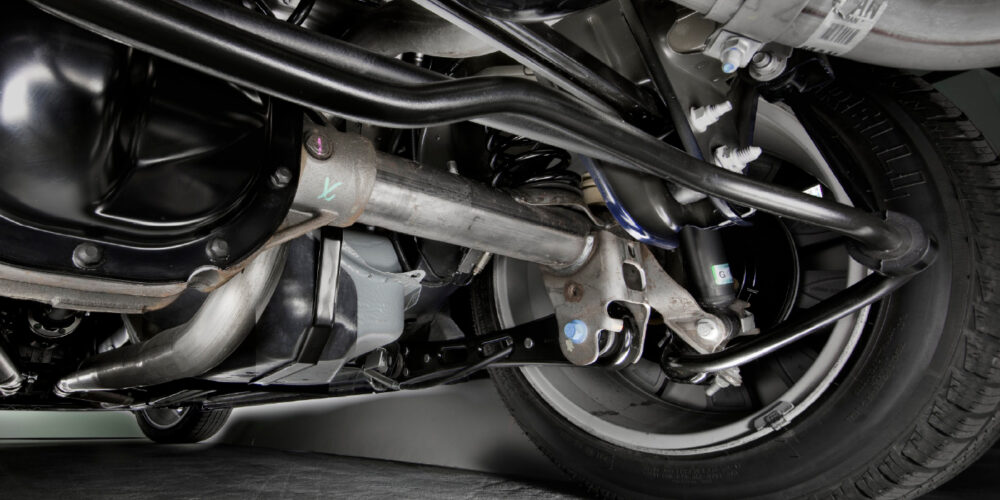What are the things that must be done to ensure successful diagnosis, installation and testing of a replacement power steering pump? The following 10 questions outline the most common causes of failure, trouble-shooting suggestions, diagnostic tips, and proven installation procedures and practices.
1. Question: What is the problem now?
Answer: If the original problem continues after replacement pump installation, the pump most likely is not the original cause of the problem.
2. Question: What was the original problem? Was the root cause of failure corrected?
Answer: Was fluid contaminated, did the pump run dry, or was the wrong fluid used? Inspect hoses for damage or internal restriction. Check for damaged pulleys, incorrect belt tension or a defective belt tensioner. If pump is electronically controlled, is the EVO valve faulty, and is the controller working properly?
3. Question: Were modifications made to the steering system or a change in tire size?
Answer: Replacement pumps are OEM replacements intended for unmodified, standard use applications. They are not suited for off-road use, lift kits, over-sized tires or similar modifications and will void unit warranty if so used.
4. Question: Were all steering suspension components operating freely?
Answer: Check all mechanical steering components for proper function. Do not overlook steering wheel shaft and coupler.
5. Question: Were the hoses and/or filter replaced per the manufacturer’s specific service intervals?
Answer: The single most common cause of failure of the original and replacement units is defective hoses followed by contamination. If hoses are more then 5 years old and haven’t been changed, you have an impending problem.
6. Question: Was the old fluid inspected for signs of overheating or contamination?
Answer: Burnt-smelling fluid indicates the pump was working under heavy load, possibly due to restricted hoses or modified suspension or tires. Dark or black fluid usually is an indication of metal in the system or deteriorated hoses.
7. Question: Was OE-certified fluid used to replace the old fluid?
Answer: Never use fluid intended for “topping off.” Use only OE approved power steering fluid.
8. Question: Was the system properly flushed; was a filter installed?
Answer: When any power steering component is changed (pump, steering unit, hoses), the old fluid must be completely flushed out and replaced. Adding a filter helps protect the replacement unit, especially if hoses are not changed, or if flushing is done incorrectly.
9. Question: If pump is a remote reservoir type, was the reservoir screen checked for blockage? What is the condition of the hose between the reservoir and the pump?
Answer: Most imports have some type of screen or filter in the bottom of the upper reservoir that must be flushed. The feed hose between the upper reservoir and the pump often collapse or get pinched.
10. Question: Did you follow any special OE bleed procedures?
Answer: Always refer to the vehicle service manual for specific installation instruction that might include a bleeding procedure. ProTech, “PT20-0012 Royal Flush”, can be used for most vehicles.
Note: Please refer to your vehicle’s service manual for specific diagnostic instructions. This ProTech bulletin is supplied as technical information only and is not an authorization for repair.
Tech Tip courtesy of CARDONE Industries, Inc.













